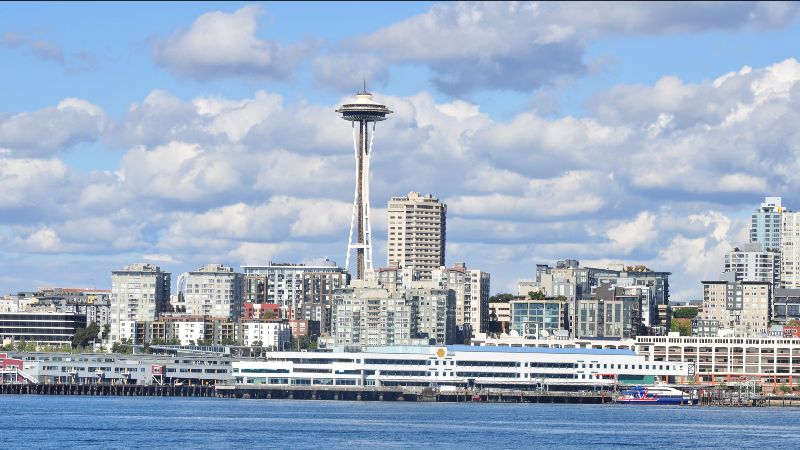Seattle
- The draft Comprehensive Plan contains a Climate Element, which is what the City is using to replace the Climate Action Plan. The Climate Element starts on page 137. It affirms the City’s 2030 and 2050 goals for overall emission reductions, and for transportation notes: “But Seattle is not yet on track to meet our 2030 emissions reduction goals. More aggressive change is needed across the transportation sector.”Also of note: the City does not expect that the Comprehensive Plan will be passed in 2024, as called for by State law, but believes it will be passed in Q1 of 2025. This was briefed to the City Council by OPCD and the Mayor’s office.The City released a 2023 Progress Report on the One Seattle Transportation and Climate Executive Order from 2022. The report notes the following:
- On low-pollution neighborhoods: The City of Seattle received a $1.2 million grant by the U.S. Department of Transportation to plan for low-pollution neighborhoods that will reduce transportation emissions in our communities. The grant funding will be used to establish a vision for low-pollution neighborhoods, develop a toolkit, identify potential project areas, and define projects and programs for an implementation and funding plan.
The Executive Order specifically said that the “community conversation” they would hold in 2023 would inform the investments made in the Transportation Levy.
- The City released a Curbside Climate Plan, and a zero-emission freight plan. The progress report says that this will inform “potential projects in 2024 to encourage e-cargo bike delivery in Seattle.”
- The Progress Report says that the City, in consultation with the Utilities and Transportation Commission, Transportation Network Companies (TNC) (e.g. Uber, Lyft) and taxi companies, developed a proposal in that sets a path for TNC and car-share vehicles operating in Seattle to transition to zero-emission by 2030. This proposal has apparently not yet been made public.
- The City released the Climate Change Response Framework, which lays out a plan for reducing emissions by mode shifting and vehicle electrification.
- Editorial note: before the Executive Order, the City also released in 2022 a Transit Performance Policy for allocating bus-only lanes.
State
Ecology released the results of the latest Cap & Invest auction: “all of the 7.4 million current vintage allowances sold at a settlement price of $25.76”, for a total of $62.5 million. This is significantly lower than the high of Q3 2023, $63.03. Clean & Prosperous Washington created a chart showing relative allowance costs over time for a number of different carbon markets, and argues that they are all more expensive at first and then settle into an expected value. They note: “the price decline is not wholly unexpected: It is within the range that we have witnessed in other prominent Cap-and-Invest programs.” Other observers believe polluters are under-buying in the hope that the CCA will be voted down.
Elsewhere
The Rhodium Group reported that US GHG emissions fell in 2023 by 1.9%. This is not much, but it is notable because at the same time the economy as a whole grew by 2.4%. US emissions are now 17.2% below 2005 levels. The report cited a mild winter, as well as decreasing coal for power generation. “If emissions had continued to decline at the same rate as 2011-2019 instead of the pandemic-induced turmoil of 2020-2022, emissions would be about 2% higher today than we’re estimating them to be—suggesting at least a modest acceleration in the pace of decarbonization.” The report notes that although this is a step in the right direction, we would have to more than triple the rate of decline, and sustain it for every year from now to 2030 to meet the Paris Agreement goals of 50-52% reduction by 2030.

